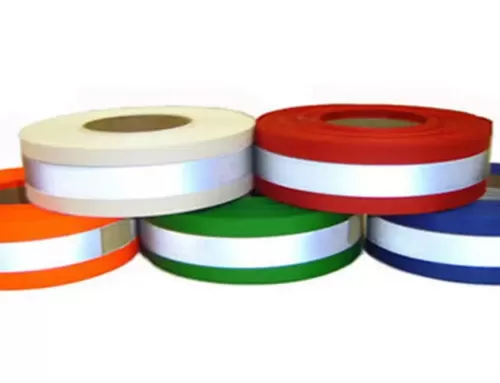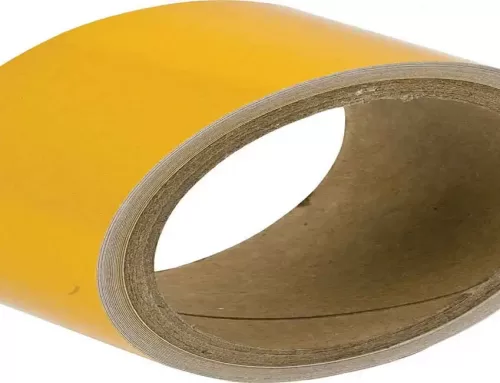Prismatic reflective film comes into Chinese market

Prismatic reflective film comes into Chinese market
Why do micro prisms?
Prismatic reflective film is a reflective film made using micro prismatic technology. Unlike microbead reflective film, which uses glass microbeads as retroreflective units, prismatic reflective sheeting uses fine-sized polyhedral prism structures as retroreflective units. Its reflection principle is to use the refraction and retroreflection of the microprism structure to achieve retroreflection.
Prismatic reflective film is produced with a microprism structure as the reflective unit has good performance in visible distance, observable angle, reflective intensity and weather resistance. Its manufacturing technology involves multidisciplinary and high-tech fields such as materials science, optics, and precision machinery manufacturing. Prismatic reflective sheeting has been developed since the 1980s. After many updates and iterations, the product performance has been continuously improved. For a long time, domestic prismatic reflective film was completely dependent on imports.
The reality has led to an increase in the demand for microprisms:
The increase in highway mileage has led to an increase in the number of highway signs and signs. The annual demand for reflective film for highway signs and signs of all levels mainly includes two types: renewal demand and new demand.
At present, the average service life of reflective film for highway signs and signs in my country is about 3-7 years, so there is a considerable and continuous demand for renewal every year. For motor vehicle drivers, traveling at night is a difficult task. There are high risks on the roadside and level intersections along the road. Reflective materials can enable drivers to accurately identify road traffic environment information and risk status at night, improving the safety of night driving.
Why do highways need to use micro-prisms?
High-grade highways are generally trunk roads connecting political and economic centers or large industrial and mining areas. Since prismatic reflective film has the characteristics of high reflective brightness compared to micro-bead reflective film, it is mainly used in products with special requirements for reflective brightness. According to GB50688-2011 “Urban Road Traffic Facilities Design Specifications”, the signs of urban expressways and urban trunk roads should use Class II-IV reflective film, and Class III or above reflective film should be used in curved sections or other dangerous sections.
Prismatic reflective sheeting is different from micro-bead reflective film. It is mainly used in the signs and signs of some urban expressways, urban trunk roads and high-grade highways such as highways. According to the relevant national requirements for the setting of highway signs and signs, the average amount of reflective film used on highways is 50 square meters/kilometer, and the average amount of reflective film used on high-grade highways of level 2 (including level 2) and above is 30 square meters/kilometer. The number of high-grade highways in my country in 2020 has increased compared to 2019, and the market demand for prismatic reflective film has increased to a certain extent.
How will micro-prisms develop in the future?
At present, prismatic reflective films are developing towards a polyhedral structure, which can simultaneously improve the ability to identify objects at large angles and in all directions. In addition, through the research on new polymer materials, the photometric performance, chromaticity performance, bending resistance, low temperature resistance, and weather resistance of prismatic reflective films have been improved to a certain extent. With the increasing attention paid to traffic safety, the increase in the number of high-grade highways, and the increasing complexity of road conditions, in order to improve the safety factor and reduce the occurrence of traffic accidents, more and more roads and signs are beginning to use prismatic reflective materials such as prismatic reflective sheeting.
EXCERPT:
Prismatic reflective film uses a fine-sized polyhedral prism structure as a retroreflective unit, and has good performance in terms of visible distance, observable angle, reflective intensity and weather resistance. It has been developed to date and has undergone many updates and iterations, and the product performance has been continuously improved.





